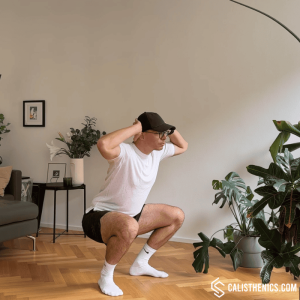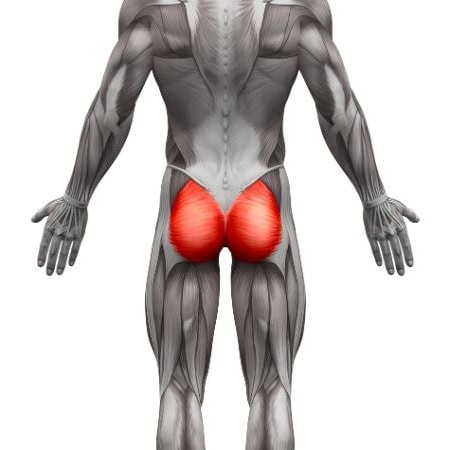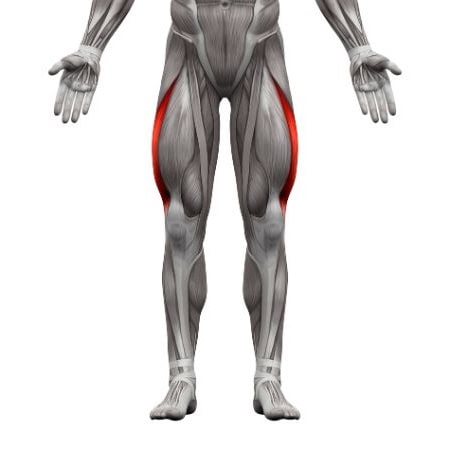Prisoner Squats
How to do Prisoner Squats?
Prisoner squats are a bodyweight squat variation where the athlete places their hands behind their head, resembling the "prisoner" position. This hand placement encourages an upright posture and engages the core and upper back muscles, making it a more challenging variation of the traditional squat. Prisoner squats help develop lower body strength while improving posture, flexibility, and balance.
Steps to Perform the Exercise:
- Set Your Feet: Stand with your feet shoulder-width apart, toes pointing slightly outward for stability.
- Hands Behind Your Head: Place your hands behind your head, with your elbows pointing out to the sides. Keep your chest lifted, and avoid pulling your head forward with your hands.
- Engage Your Core: Tighten your abdominal muscles and maintain an upright posture throughout the movement.
- Begin the Squat: Push your hips back and bend your knees to lower yourself into a squat. Keep your chest lifted and your back straight as you descend.
- Lower Until Parallel: Continue lowering yourself until your thighs are parallel to the ground (or as low as your mobility allows), while keeping your knees in line with your toes. Your heels should remain firmly planted on the ground.
- Stand Back Up: Push through your heels and extend your hips and knees to return to the starting position, keeping your chest up and your hands behind your head.
Benefits of Prisoner Squats:
- Improves Posture: The hands-behind-the-head position encourages an upright posture, helping to improve spinal alignment and reduce the tendency to lean forward during squats.
- Strengthens the Lower Body: Prisoner squats effectively target the quadriceps, glutes, and hamstrings, making them a great bodyweight exercise for building lower-body strength.
- Engages Core and Upper Body: By keeping your hands behind your head, prisoner squats engage the core and upper back muscles, adding an extra layer of difficulty compared to traditional squats.
- Enhances Flexibility and Balance: This exercise improves flexibility in the hips and ankles while enhancing overall balance and coordination.
Tips for the proper execution of Prisoner Squats
Keep Your Chest Lifted: The position of your hands behind your head encourages a more upright posture. Focus on keeping your chest up and your elbows wide to avoid leaning forward.
Knee Alignment: Ensure that your knees track over your toes and do not collapse inward as you squat. Proper knee alignment helps protect your joints and promotes better muscle engagement.
Avoid Pulling on Your Neck: Do not tug on your head or neck with your hands. Your hands should simply rest behind your head without applying pressure.
Weight on Heels: Keep the weight on your midfoot and heels throughout the movement. Your heels should stay firmly planted on the ground as you squat down and push back up.
Control the Movement: Move in a controlled manner, especially when lowering yourself into the squat. This helps engage the muscles properly and prevents injury.
Muscles worked when doing Prisoner Squats
- Primary Muscles: Quadriceps, glutes, hamstrings.
- Secondary Muscles: Core (rectus abdominis, transverse abdominis, obliques), lower back (erector spinae), upper back (trapezius, rhomboids), shoulders.
Primary Muscle(s):
Secondary Muscle(s):
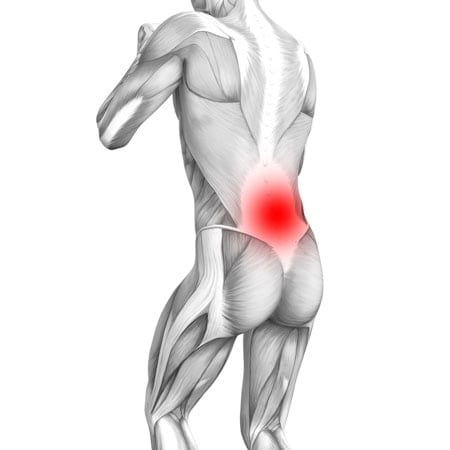
Lower back
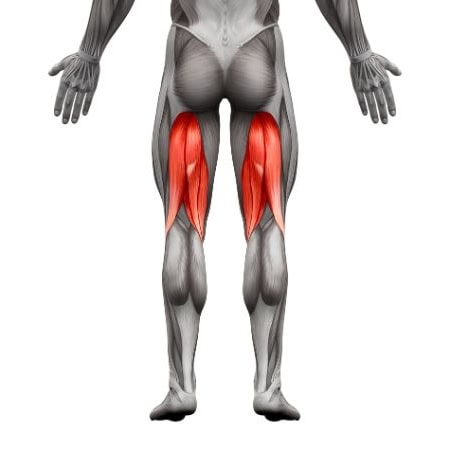
Hamstring
Equipment needed for Prisoner Squats
No equipment needed for this exercise.
Adjust the difficulty of Prisoner Squats
How to make Prisoner Squats harder?
How to make Prisoner Squats easier?
How to make Prisoner Squats harder?
To make Prisoner Squats harder:
-
Add a Pause at the Bottom: Hold the bottom position of the squat for 2-3 seconds before standing back up to increase time under tension.
-
Increase Reps or Sets: Perform more repetitions or additional sets to challenge your muscular endurance.
-
Add Weight: Wear a weighted vest.
-
Slow Down the Tempo: Slow down the lowering (eccentric) phase of the squat to 3-5 seconds, increasing the difficulty by keeping your muscles under tension longer.
How to make Prisoner Squats easier?
To make Prisoner Squats easier:
-
Reduce Depth: If you struggle with the full range of motion, perform partial squats by lowering only partway. Gradually increase your depth as your strength and flexibility improve.
-
Perform Wall Squats: Stand against a wall with your back flat and perform the squats to maintain posture and ease the load on your knees.

